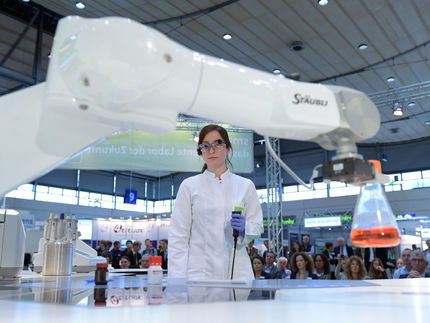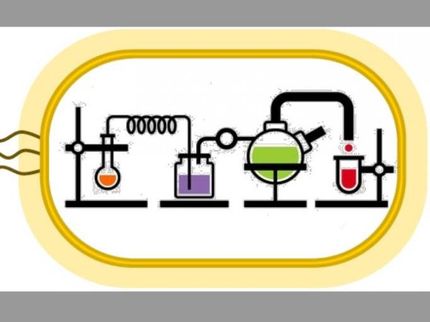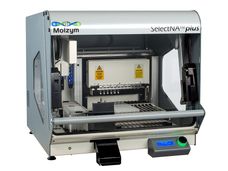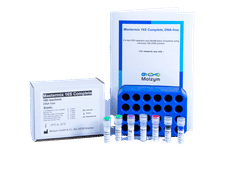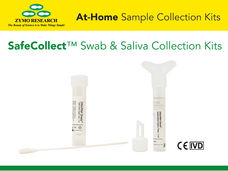Robust and Reliable Cell-based Assays Generate Huge Demand from Drug Discovery Companies
Strategic Analysis of the Cell-based Assays Market in Europe
Pharmaceutical, biotechnology and drug discovery companies are increasingly turning their attention to cell-based assays, as these assays offer a more accurate representation of the real-life cell model than the traditional enzyme- or antibody-based assays. This surge in demand is caused not only by the greater accuracy provided by the use of live cells, but also because cell-based assays offer the possibility of a dynamic experiment through monitoring of the numbers or behaviour of the live cells.
"Large multinational companies are seeking to perform screens in cell-based systems because they ensure precise whole cell data representative of the physiological condition," says Dr. Amarpreet Dhiman, Research Analyst from Frost & Sullivan. "Cell-based assays are expected to expand in use, especially in lead evaluation and optimisation and pre-clinical evaluation."
As high throughput screening (HTS) processes, using cell-based assays, are more complicated than those using conventional assays, they will require sophisticated solutions. Assay manufacturers are focusing on developing easy-to-use and highly sensitive assays that provide continuous record of cellular activity.
Scientists developing cell-based assays have to stay abreast of the latest technological advancements and assay methodologies to meet the constant challenges of cell-based screening in drug discovery. In fact, the implementation of entirely new classes of potential drug targets in several drug discovery operations is propelling many cell-based activities.
Successful screening of the new targets often requires the use of cells and various assay kits to detect specific cellular pathways. Insights from these information-rich assays could help more efficient discovery of effective drugs, thus saving considerable time and costs as well as reducing the need for secondary screens in future.
"These cell-based assay kits also need comprehensive safety testing, especially for the myocardial hERG K + channel," notes Dr. Dhiman. "Since it is the target responsible for the cardiotoxicity of many drugs, it should be screened early in the drug discovery process."
It is also important to integrate robotics into assay development to achieve high screening rates, which will, in turn, reduce time-consuming and costly manual interventions.
The USD 143 million European cell-based assays market is expected to benefit most from the fluorescence assays segment, which is expected to contribute more than USD 75 million in revenue in 2004. The estimated total growth rate of 19 per cent in 2004 is anticipated to increase simultaneously with expansion of the HTS industry.
The primary growth drivers are drug discovery leads, optimisation that enables access to new target groups, early failure that reduces costs due to false leads and acquisition of customised assay kits and reagents.
Other news from the department business & finance
These products might interest you
Most read news
More news from our other portals
See the theme worlds for related content
Topic World Cell Analysis
Cell analyse advanced method allows us to explore and understand cells in their many facets. From single cell analysis to flow cytometry and imaging technology, cell analysis provides us with valuable insights into the structure, function and interaction of cells. Whether in medicine, biological research or pharmacology, cell analysis is revolutionizing our understanding of disease, development and treatment options.

Topic World Cell Analysis
Cell analyse advanced method allows us to explore and understand cells in their many facets. From single cell analysis to flow cytometry and imaging technology, cell analysis provides us with valuable insights into the structure, function and interaction of cells. Whether in medicine, biological research or pharmacology, cell analysis is revolutionizing our understanding of disease, development and treatment options.
